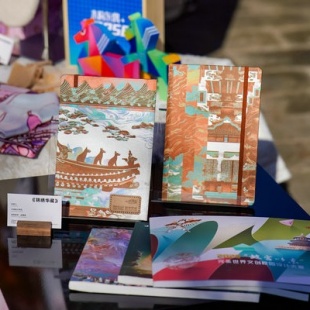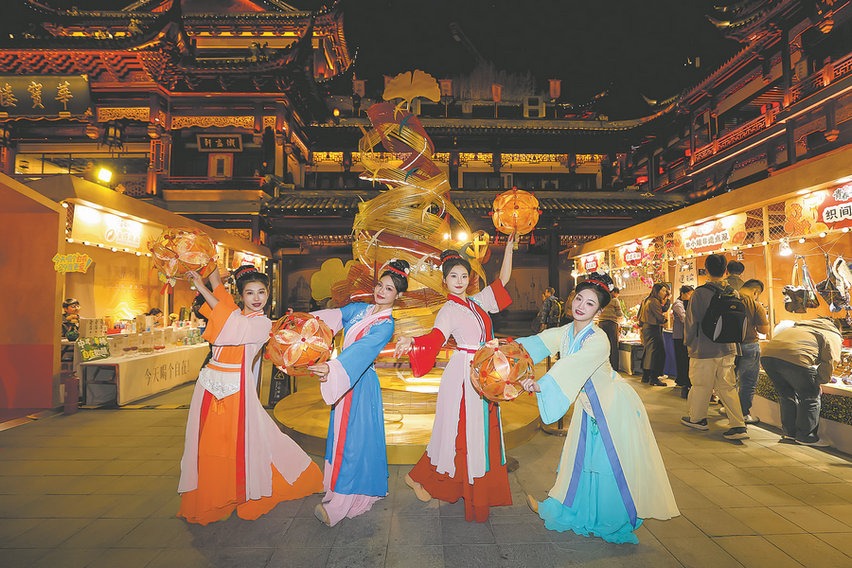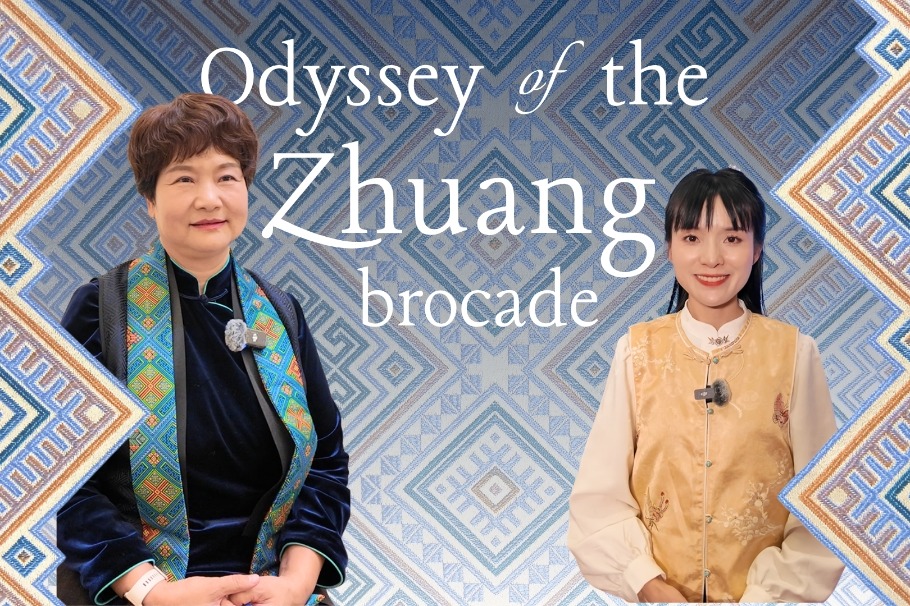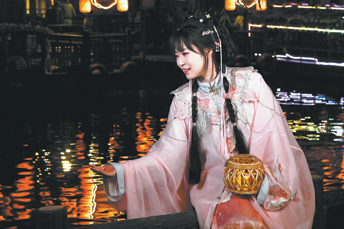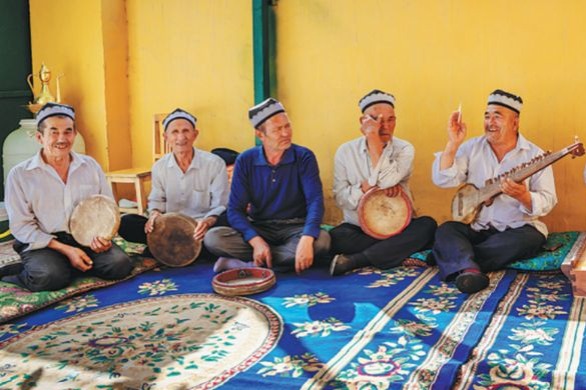Tradition beats with a modern pulse
Emerging designers reinterpret cultural heritage through innovative projects, Yang Feiyue reports.


One major addition this year was the introduction of an AIGC (AI-generated content) short video category, encouraging participation from students outside traditional design or film-related majors.
"Many participants who did not come from art or film backgrounds produced outstanding works through technology," Wang Tiefeng says.
Since its launch in 2020, the competition has attracted over 20,000 students from nearly 800 universities worldwide, including nearly 100 overseas institutions, generating more than 11,000 entries, according to the organizers.
Wang Tiefeng points out that the event is now "no longer limited to the competition itself". Instead, it has covered cultural heritage interpretation, creative design transformation, commercial incubation, and student team development.
"With more university partners, business partners and student teams joining in, high-quality cultural resources are empowered through design, achieving both cultural and commercial value," he says.
"This collective effort is contributing new strength to the building of 'Cultural Dongcheng'."

Wang Jiayue's serpent-themed pen is among more than 10 outstanding works in the creative gift track of the competition that are set to be commercialized.
Though she originally submitted a design for a cut-out bookmark, the judges saw potential for further development and suggested adapting it into a pen, now ready to enter the market.
"It felt like taking on a real freelance job — exciting, but with a lot of pressure," she recalls.
Factory feedback was blunt, certain parts of her design were unsuitable for manufacturing, and she had to troubleshoot everything from scale adjustments to pattern revisions.
When the first physical sample was finally produced, she felt she had crossed an invisible threshold.
"That was the moment I felt I had truly made something — not a school assignment, but a real product."
Another young designer, Zhang Qiao'er from Tianjin Academy of Fine Arts, says the competition has transformed her relationship with traditional culture.


